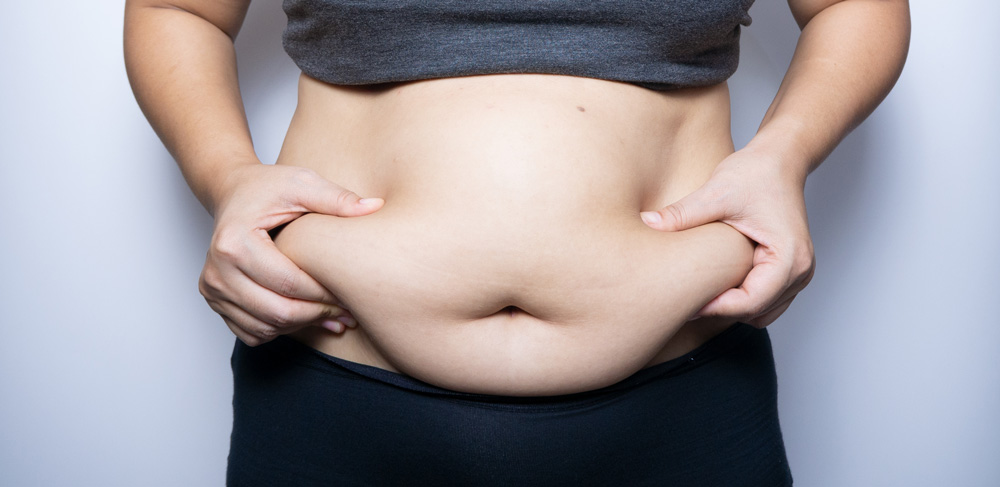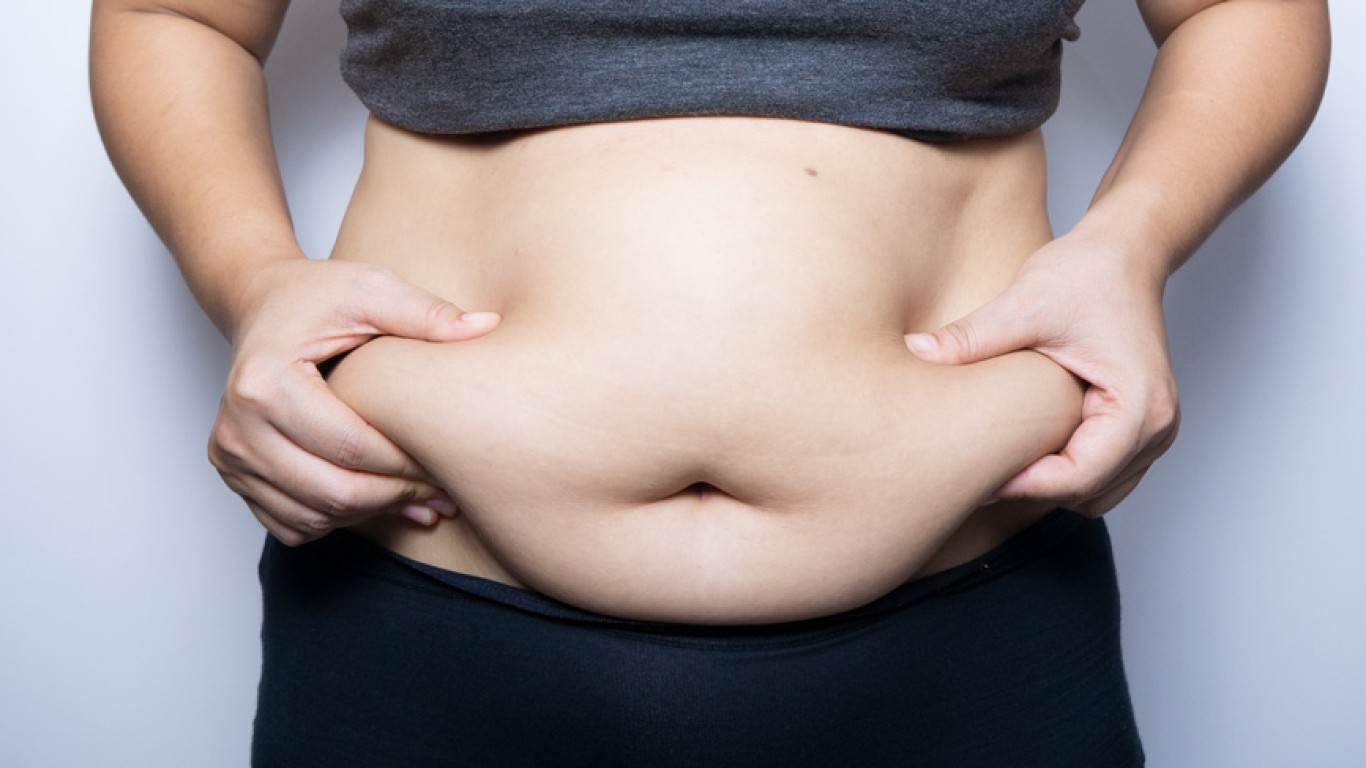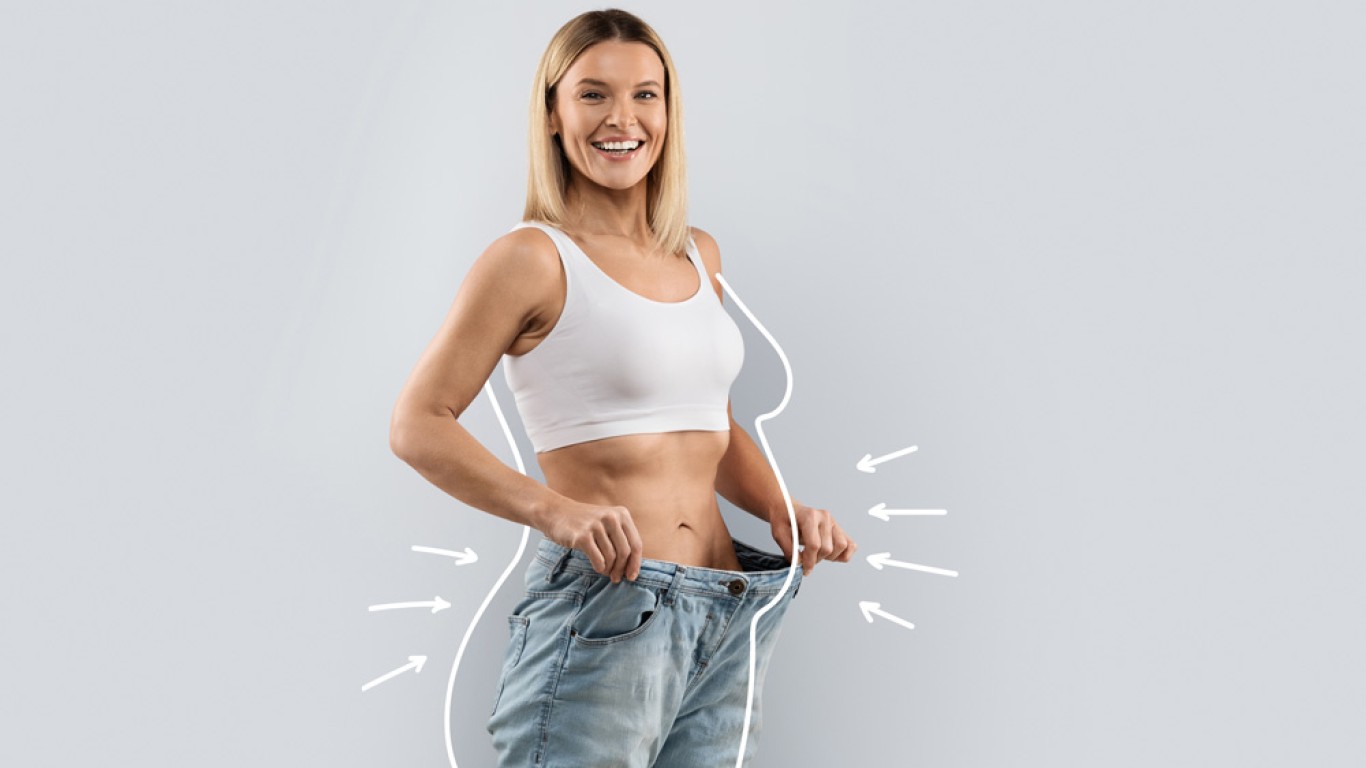Introduction
Weight loss can be difficult, particularly when diet and exercise do not yield lasting results. Fortunately, medical weight loss procedures offer powerful solutions to help individuals reach their goals.A key question many people ask themselves is: Gastric Balloon vs Gastric Sleeve. While both promote weight loss, they function differently and suit different needs.
Understanding the differences, benefits, and outcomes of each option can help you make a confident, informed decision. This guide explores everything you need to know before choosing your path.
Understanding the Gastric Balloon Procedure
A gastric balloon is a temporary, non-surgical device placed in the stomach via endoscopy. Once inserted, the balloon is filled with saline to occupy space.
This limits food intake and helps you feel full sooner. It also slows digestion slightly, encouraging smaller meals throughout the day.
Because it’s non-invasive, no incisions are made, and the procedure usually takes 20–30 minutes. The balloon remains in place for about six months before removal.
It’s particularly helpful for those looking to kickstart weight loss or avoid surgery altogether.
How Gastric Sleeve Surgery Works
The gastric sleeve, or sleeve gastrectomy, is a surgical procedure that removes about 80% of the stomach. The remaining portion is shaped like a sleeve, limiting food intake significantly.
Additionally, it affects hunger-regulating hormones, which reduces appetite and cravings. This leads to sustained weight loss over time.
Unlike the gastric balloon, sleeve surgery is permanent. It requires general anaesthesia and a hospital stay, often between two and three nights.
Although it’s more invasive, the gastric sleeve delivers longer-lasting and more dramatic weight loss results.
Gastric Balloon vs Gastric Sleeve: Comparing Results
One major difference is how long the results last. The gastric balloon is temporary - results often last as long as lifestyle changes are maintained.
Patients typically lose 10–15% of their body weight during the six months it’s in place. However, without proper diet and exercise, weight may return once the balloon is removed.
In contrast, the gastric sleeve offers a more permanent change. Patients often lose 50–70% of their excess weight within the first year.
Accordingly, sleeve surgery suits those seeking substantial, long-term weight loss support.
Who Makes a Good Candidate for Each Option?
Both procedures have different eligibility criteria, depending on your BMI and overall health.
Gastric balloons are ideal for people with a BMI between 27 and 35. These patients may not qualify for surgery but need help losing weight.
It’s also suited to those wanting to lose weight before another health procedure. Or, to those wanting a short-term, less invasive solution.
On the other hand, the gastric sleeve is better for individuals with a BMI over 35. It’s also ideal for those who have struggled with obesity for years.
Sleeve candidates often have obesity-related conditions like type 2 diabetes or sleep apnoea.
Gastric Balloon vs Gastric Sleeve: Recovery and Aftercare Comparison
Recovery from a gastric balloon is swift. Most patients resume normal activities within 24–48 hours.
You’ll need to follow a liquid diet initially, progressing to soft and then solid foods. Discomfort such as nausea may appear in the first few days but subsides quickly.
Conversely, gastric sleeve recovery requires more time. Hospital stays last a few days, and full recovery can take several weeks.
Patients must follow strict dietary guidelines, starting with liquids, then pureed, soft, and regular food. Ongoing support includes nutrition advice and medical check-ups.

Benefits of the Gastric Balloon
Despite being temporary, the gastric balloon offers several unique advantages:
- Non-surgical and reversible
- Quick recovery time
- Ideal for early-stage weight loss
- Encourages healthy eating habits
- Can be repeated after a break, if needed
Additionally, it allows time to adjust to lifestyle changes. Patients can also learn healthier eating patterns without permanent anatomical alterations.
For patients hesitant about surgery, the gastric balloon offers a gentle yet effective introduction to structured weight loss support.
Benefits of the Gastric Sleeve
The gastric sleeve is highly effective for those needing long-term, significant weight loss. It delivers:
- Sustained weight loss over years
- Hormonal changes that reduce hunger
- Improvements in obesity-related health conditions
- No foreign device inserted
- No need for future removal
It also has a high satisfaction rate among patients. It is a top choice for those committed to long-term health improvements.
When paired with lifestyle changes, the gastric sleeve delivers reliable, life-changing results.
Gastric Balloon vs Gastric Sleeve: Cost Considerations in Turkey
Turkey is a popular destination for both procedures due to its affordable, high-quality care. The cost varies, with the balloon typically being less expensive. Prices often include:
- Consultation
- Procedure fees
- Anaesthesia or sedation
- Aftercare and dietician support
- Airport transfers and accommodation in many cases
Packages are available for both options, offering excellent value with internationally-accredited surgeons and modern facilities.
Gastric Balloon vs Gastric Sleeve: Lifestyle Commitment and Support
Regardless of the method chosen, success depends on the patient’s long-term lifestyle commitment.
Both procedures require:
- Healthy eating habits
- Regular physical activity
- Ongoing follow-up care
- Psychological support, if needed
Many clinics in Turkey provide dieticians, fitness plans, and virtual support after your return home.
Support is key to maintaining results and embracing your new lifestyle. Choosing the right method should align with your goals and ability to commit.
Conclusion
Comparing gastric balloon vs gastric sleeve reveals clear differences in procedure, recovery and impact. The balloon is temporary, non-surgical, and suitable for moderate weight loss. In contrast, the sleeve is permanent and delivers significant, lasting results.
Your BMI, health history, and weight loss goals will help determine which option is best for you. With expert care in Turkey, both choices offer a path to improved health and confidence.
For more information and to book a consultation visit the ACIBADEM Beauty Center obesity surgery page.
Frequently Asked Questions
Typically six months. After that, it is removed via endoscopy in a short outpatient visit.
Yes. It is a permanent surgical procedure performed under general anaesthesia.
Eventually, yes. Both require structured diets initially, followed by a return to regular meals.
The gastric sleeve typically offers more significant and lasting weight loss than the balloon.
Not usually. You may feel mild discomfort or nausea at first, but it improves within days.














